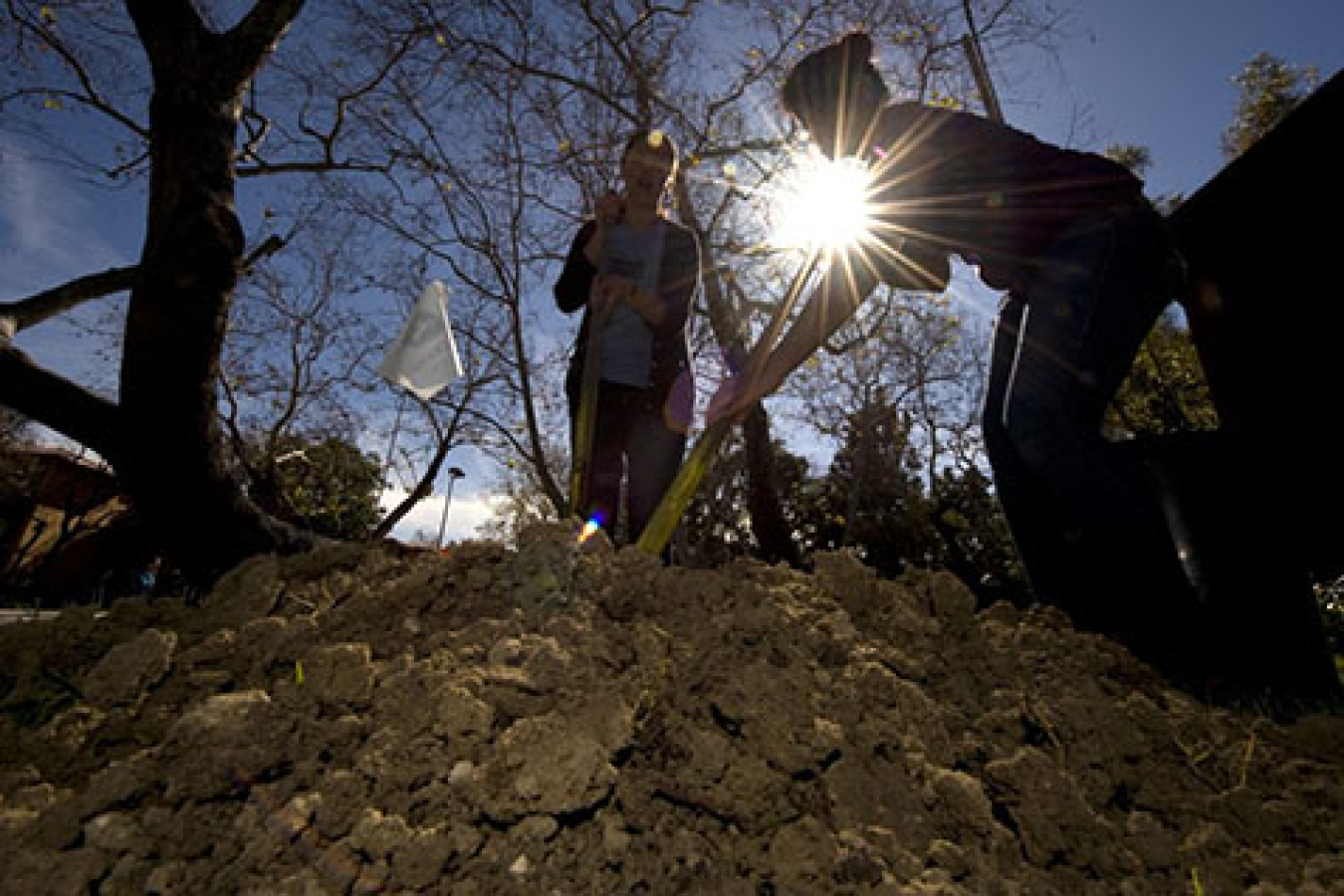
Carbon sequestration refers to the storage of carbon dioxide (CO2) after it is captured from industrial facilities and power plants or removed directly from the atmosphere. Those captured CO2 emissions are then safely transported and permanently stored in geologic formations.
Storing CO2 is increasingly important because these emissions are warming the Earth’s climate in ways not seen in millions of years. These emissions are causing wildfires, floods, and storms. They are also threatening sea life due to increased acidity in the oceans.
Scientists are working on two broad types of carbon sequestration: biologic and geologic.
Biologic carbon sequestration involves storing CO2 in places where it is stored naturally as part of the carbon cycle. Some carbon is stored in plants—especially woody plants and grasslands—as a result of the biological process of photosynthesis. This process removes CO2 from the atmosphere and transforms it into living plant tissues.
Plants also move carbon into soil, producing something called soil organic carbon. Soil contains massive amounts of organic carbon. Some of this carbon is eventually broken down by natural processes and returns to the atmosphere as CO2, but some becomes stable and can remain locked in the soil for long periods of time. Larger amounts of carbon tend to remain in soil in places with certain types of mineral deposits or specific climate conditions. For example, in the freezing temperatures of the Artic, permafrost stores carbon because cold temperatures slow decomposition. Similarly, waterlogged bogs and marshlands can store carbon by keeping it away from oxygen. In the oceans, CO2 is stored as dissolved gas in the water and carbonate sediments on the seafloor.
There are certain measures that humans can take to increase both the rates and long-term durability of biologic carbon sequestration. For example, planting trees and other vegetation removes CO2 from the atmosphere.
As scientists continue to study the complex relationships between plants, microbes, and soil processes, scientists may be able to develop new ways to increase the amount of carbon sequestered in soils even further.
Geologic carbon sequestration, also called carbon storage, involves storing CO2 deep underground in porous rock formations. In this approach, the CO2 is compressed to the supercritical phase, where it behaves like a liquid. Next, it is injected into porous rock formations deep under the ground, where it becomes physically trapped in the pore spaces, dissolves in the fluid within the formations, and eventually reacts to form stable minerals.
In another approach, CO2 is dissolved into water (making a “soda”) prior to being injected into basaltic rock formations to mineralize. In some cases, this CO2 is injected into oil-bearing rock formations, offsetting the costs of carbon capture, storing CO2, and helping to extract oil.
DOE Office of Science: Contributions to Carbon Sequestration
The U.S. Department of Energy (DOE) supports research on carbon sequestration through the Office of Science Basic Energy Sciences (BES) and Biological and Environmental Research (BER) programs. BES supports the foundational science behind materials, chemicals, and biochemical and geological processes pertaining to the capture, conversion, and sequestration of CO2.
BER supports research into atmospheric carbon dioxide and other greenhouse gases. BER also supports systems biology research to better understand how plants capture atmospheric CO2 and convert it into durable forms of organic carbon, the role of plant-associated microbes (i.e., plant microbiomes) in carbon capture, and how soil microbes impact the long-term stability of sequestered carbon.
Beyond the Office of Science, DOE supports carbon sequestration research and development through the Office of Fossil Energy and Carbon Management, the Office of Clean Energy Demonstrations, and additional stakeholder and partnership activities.
Resources and Related Terms
- DOE Carbon Capture, Transport, and Storage Fact Sheet
- The U.S. Carbon Cycle Science Program
- Science highlights:
- DOE Reports:
- Learn more at From Dirt to Digital: The Story of Soil Carbon Science
Scientific terms can be confusing. DOE Explains offers straightforward explanations of key words and concepts in fundamental science. It also describes how these concepts apply to the work that the Department of Energy’s Office of Science conducts as it helps the United States excel in research across the scientific spectrum.

